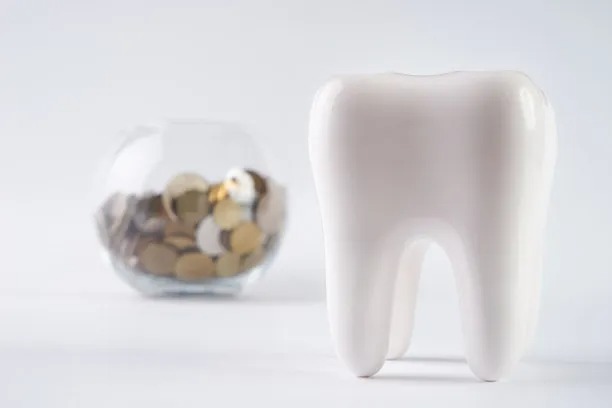The Essential Guide to Extracting a Tooth Successfully and Safely for Optimal Dental Health Care
Summary: Extracting a tooth is a critical dental procedure that must be carried out with precision and care to ensure optimal dental health. This guide details essential steps for successful tooth extraction, including preparation before the procedure, the extraction process, post-extraction care, and the importance of follow-up visits. Understanding these aspects empowers individuals to make informed decisions regarding their dental health and minimizes potential complications. Proper techniques and expert guidance can lead to a smooth extraction experience, ensuring that the patient remains comfortable and healthy throughout the process.
1. Preparation Before Tooth Extraction

Before a tooth extraction, it is essential to prepare adequately. This includes scheduling a comprehensive dental consultation to assess the tooths condition and overall oral health. During this visit, the dentist will review medical history and discuss any medications the patient may be taking, ensuring they do not interfere with the procedure.
Another critical part of preparation is obtaining necessary imaging, such as X-rays, to understand the tooth’s root structure and surrounding tissues better. This helps the dentist strategize the extraction process, minimizing potential risks during the procedure.
Patients should also be informed about what to expect before, during, and after the extraction. Being mentally prepared for the procedure can significantly reduce anxiety and help them follow instructions correctly.
2. The Tooth Extraction Process Explained
The extraction process typically begins with administering anesthesia to ensure the patient remains comfortable and pain-free. There are various types of anesthesia to choose from, including local and general, depending on the complexity of the extraction and the patients preferences.
Once the anesthesia has taken effect, the dentist will use specialized instruments to loosen the tooth and eliminate any surrounding gum tissue. This step requires skill to avoid unnecessary damage to nearby teeth or bone structure.
Finally, the dentist will gently remove the tooth from its socket. In some cases, particularly with impacted teeth, the extraction may involve surgical intervention. Post-extraction protocols are established at this stage to ensure proper healing.
3. Post-Extraction Care for Patients
Post-extraction care is crucial for an optimal recovery process. Patients are typically advised to bite down on a gauze pad for about 30 to 45 minutes to control bleeding. Following this, ice packs can help reduce swelling and relieve pain during the initial hours.
Patients should also be cautious with their diet, opting for soft foods and avoiding any hard, crunchy, or hot items for the first few days. Staying hydrated is equally important but should be done without using straws, as suction can cause complications.
Regular follow-ups are imperative. These visits allow the dentist to monitor the healing process, check for complications such as infections, and ensure the socket is healing correctly. Patients should never hesitate to reach out to their dentist if they experience unusual pain or bleeding.
4. The Importance of Follow-Up Visits
Follow-up visits post-extraction are essential for ensuring optimal healing. During these appointments, the dentist can examine the extraction site for signs of healing and address any concerns that may arise.
Monitoring the patient after an extraction can help identify potential complications early, such as dry socket, which occurs when the blood clot becomes dislodged, exposing nerve endings. This condition requires prompt intervention to manage pain and promote healing.
Additionally, these visits offer an opportunity to discuss future dental care strategies. The dentist can provide advice on restoring the dental arch for aesthetics and functionality, including options for crowns, bridges, or implants as needed.
Summary:
Tooth extraction is a nuanced procedure that requires preparation, execution, and post-operative care to ensure optimal dental health. Understanding the process and what to expect can significantly contribute to a seamless experience. From initial consultations through recovery, patients are empowered to take control of their dental health and well-being.
This article is compiled by Vickong Dental and the content is for reference only.



